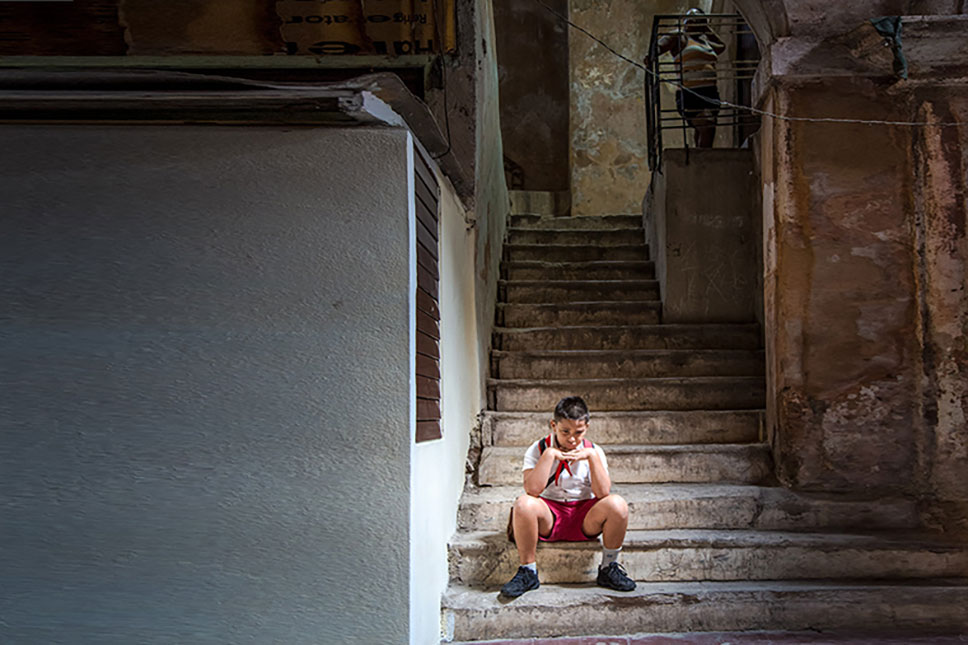
“A snapshot records what you see; a memorable photograph also captures what you feel.”
I’m ashamed to say that I’ve eaten my fair share of Golden Arches meals at 2am on the way home from a 16-hour shoot. It’s been a few years since I’ve done it but I can still remember how those meals made me feel. I was tired, hungry and too lazy to cook. A Big Mac did the job I could not be bothered doing myself.
It’s so easy to walk around on autopilot these days and look for quick fixes to get the job done.
There are times when I’ve tried the Big Mac approach in my photography. I’ve created something fast and cheap. But just the way some people argue that a Big Mac can’t be called real food, a snapshot has not earned the right to be called a photograph.
A photograph that doesn’t inspire a reaction is like eating a Big Mac. They both fill the brief but leave you feeling unsatisfied.
So what is the best way to avoid shooting on autopilot and creating memorable photos rather than disposable snapshots?
1. Be authentic
Authenticity is something you cannot be on autopilot. Heartfelt emotions can’t be faked.
Have you ever watched a great actor perform? To create a memorable performance the performer draws on past experiences and goes there. An excellent performance that is believable is the result of a collaboration between a good actor and a great director.
If you can’t articulate a feeling because it’s foreign to you or you are unable to empathise, it’s going to be difficult to create a compelling image.
Tell stories that are meaningful to you. If you’ve experienced an emotion before, you can easily recognise it in another person.
2. The decisive moment.
You can capture a feeling in candid shots. It’s just a matter of watching the action unfold and waiting for the right time.
Position yourself in places where emotion is heightened. A great wedding photographer will capture the reaction of the mother of the bride, the groom and friends and family, rather than just focusing on the bride.
A great sports photographer will anticipate the flow of the game to capture the action as it happens, rather than following the action.
Both these styles develop from trial and error. The more you shoot in a particular genre, the better you become at spotting patterns of behaviour.
3. Set up the shot
Creating a powerful moment can also be learnt and developed. The more time you spend directing people, the easier it becomes to create an authentic and powerful image.
If you are connected with your model and in the moment, you will notice the subtle changes in mood and shifts in body language or expression.
It’s these micro expressions – a glance to the side, a look in the eyes, the stance or posture – which, if captured at the right moment, will create a more compelling portrait.


